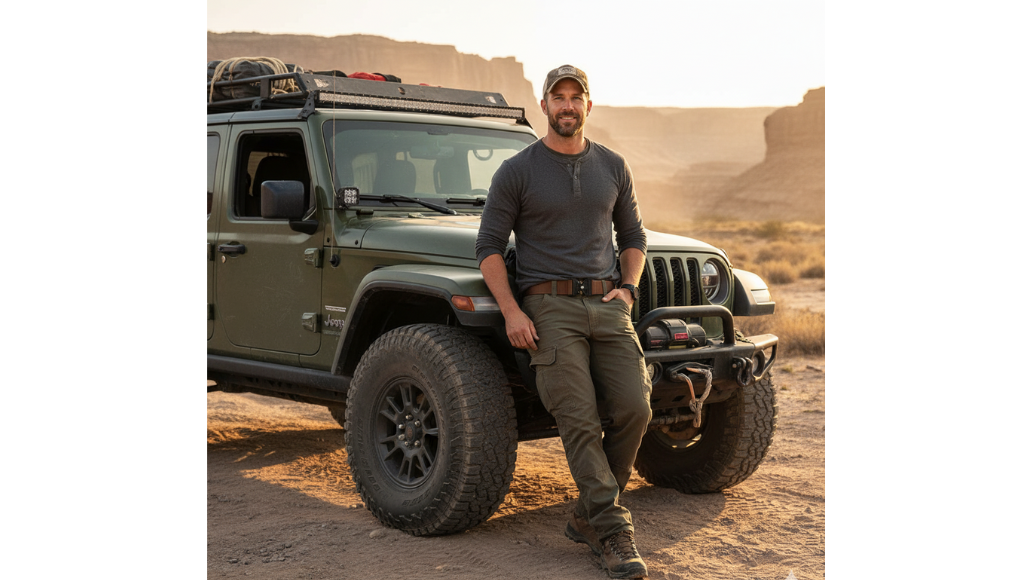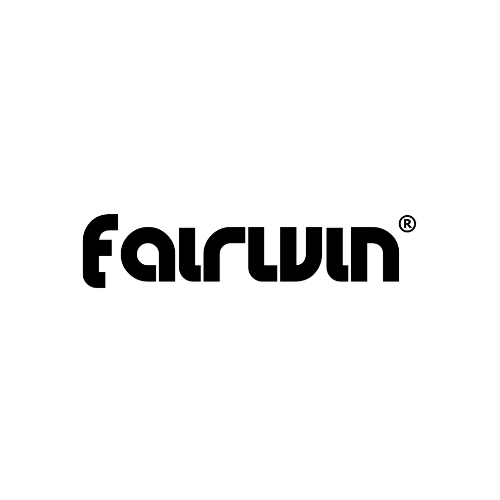
What Makes a Great Outdoor Adventure Belt — Key Features to Look For
Share
If you spend time hiking, camping, or doing any rugged outdoor activity, your belt is more than a fashion accessory — it’s part of your kit. The right outdoor adventure belt keeps your pants secure, supports gear, and stays comfortable for long days on the trail. Below are the key features that separate a good belt from the best one for the outdoors.
1. Strength & Load Capacity
For outdoor use you want a belt that won’t sag or roll when loaded. Look for:
-
Rigid core or dual-layer design (a stiff inner layer + flexible outer layer).
-
Strong stitching and reinforced attachment points.
These features make a belt suitable as an EDC belt or even a tactical belt when you need to carry holsters or pouches.
2. Secure Buckle — Preferably Ratchet or Quick-Release
A ratchet belt buckle gives precise micro-adjustments and a no-slip lock — great when you need a snug fit after a long hike. Quick-release buckles provide fast on/off functionality when changing layers or gearing up. For concealed carry or professional use, a well-built buckle is essential for a reliable ratchet gun belt.
3. Durable, Weather-Resistant Materials
Outdoor belts see sweat, rain, mud, and sun. Choose materials like:
-
Heavy-duty nylon webbing or bonded leather.
-
Corrosion-resistant metal or reinforced polymer buckles.
These materials resist stretch and dry quickly, so your belt stays functional trip after trip.
4. Width & Fit for Stability
A 1.5" to 2" width is ideal for heavy loads — wide enough to distribute weight but narrow enough to fit standard belt loops. The right width helps when using the belt as a platform for holsters, mag pouches, or tool clips.
5. MOLLE Compatibility & Attachment Options
If you run modular pouches or need to strap on extras, look for MOLLE webbing or dedicated attachment points. That makes the belt a true mounting surface for tactical gear or EDC pouches.
6. Comfort & Breathability
Long days mean comfort matters. Seek:
-
Breathable weaves or ventilated backs.
-
Smooth edges to prevent chafing.
A belt that balances stiffness for load-bearing with comfort for movement is ideal for multi-hour outings.
7. Lightweight & Packable
You don’t want a belt that adds unnecessary weight. Many modern belts use high-strength materials that are lighter than old-school leather but just as tough — perfect for backpacking or travel.
8. Ease of Adjustment in the Field
Micro-adjustment systems (like ratchet tracks) let you tighten or loosen on the fly — useful after eating, or when adding a mid-layer. No-hole belts avoid wear points and preserve fit over time.
9. Low Profile & Versatility
An outdoor belt should look at home off the trail, too. A low-profile buckle and neutral color let you wear the same belt for work, travel, or casual days — one less item to pack.
Quick Buyer Checklist
-
Rigid or dual-layer construction ✔
-
Strong ratchet or quick-release buckle ✔
-
Durable nylon or bonded leather ✔
-
1.5"–2" width for load stability ✔
-
MOLLE or attachment options (if you carry pouches) ✔
-
Breathable and comfortable for long wear ✔
Final Thought
A purpose-built outdoor belt is small gear that makes a big difference. Whether you need the support of a tactical ratchet belt, the neat adjustability of a ratchet belt buckle, or the everyday reliability of an EDC belt, pick one with the right mix of strength, comfort, and attachment options. That way you’ll be ready for whatever the trail throws at you — with your kit secure and your focus on the adventure.

